Managing Real Work-Life Balance
Finding the right balance between professional obligations and personal life can be challenging, especially for full-time employees. Achieving a realistic work-life balance is essential not only for maintaining mental well-being but also for boosting long-term productivity and job satisfaction. We took a deep dive into some practical strategies to help you manage a healthier balance between work and life.
Set Clear Boundaries
One of the biggest challenges for employees is knowing when to switch off. Those in demanding and responsibility heavy roles where the team relies on you will know how tough it can be to ‘switch off’.
With the rise of remote work and digital communication tools, it can feel like work is always following you home. It is important to establish clear boundaries. Set a definitive end to your workday and resist the urge to check emails or take work calls outside of business hours. It’s crucial to create a physical or mental "cutoff point" where work ends, and personal time begins.
Prioritise Your Tasks
Many employees fall into the trap of feeling like they have to do everything at once. To avoid burnout, practice prioritising your tasks. Use tools like to-do lists, calendars or task management apps to focus on high-priority tasks and delegate or defer lower-priority ones. One of our favourites is Trello.
By breaking your workload into manageable chunks, you can avoid overwhelm and allocate time more effectively between work and personal activities.
Learn to Say No
It can be tempting to agree to additional projects or overtime to demonstrate commitment. However, consistently overloading your schedule will lead to fatigue and reduced performance. Knowing your limits and respectfully declining additional work when you're already at capacity can help maintain your health and productivity.
Utilise Flexible Work Options
If your employer offers flexible work arrangements, such as remote working or flexible hours, take advantage of these opportunities. Flexibility can provide the breathing room you need to manage family commitments, hobbies, or self-care. Talk with your manager on how these options can work within your role without compromising productivity.
Schedule Personal Time
In the same way that you schedule meetings and deadlines, it's important to schedule time for yourself. Whether it's setting aside time for exercise, hobbies, or simply unwinding with family, putting your personal needs in your calendar ensures they don’t get pushed aside by work commitments. Remember, downtime is crucial for recharging and preventing burnout.
Seek Support When Needed
If you're finding it difficult to manage your workload and personal life, don’t hesitate to seek support. Many workplaces offer Employee Assistance Programs (EAPs) or mental health resources that can provide guidance. Speaking to a manager about workload adjustments or additional support can also make a significant difference.
By setting boundaries, prioritising tasks, and utilising available resources, employees can maintain their well being while meeting their professional responsibilities. A balanced approach ultimately leads to greater job satisfaction, improved mental health, and long term career success.

